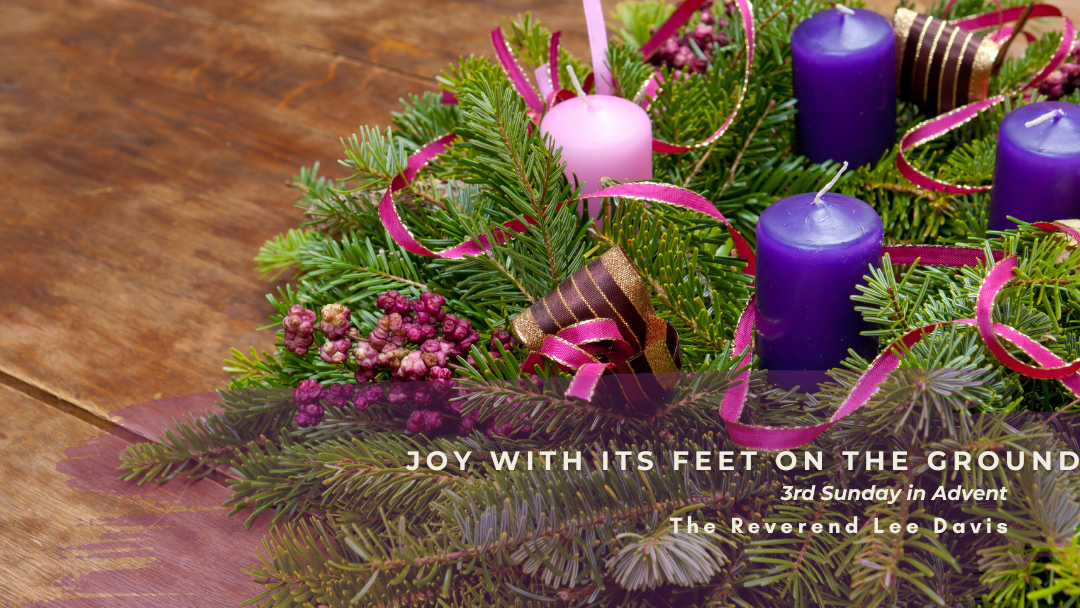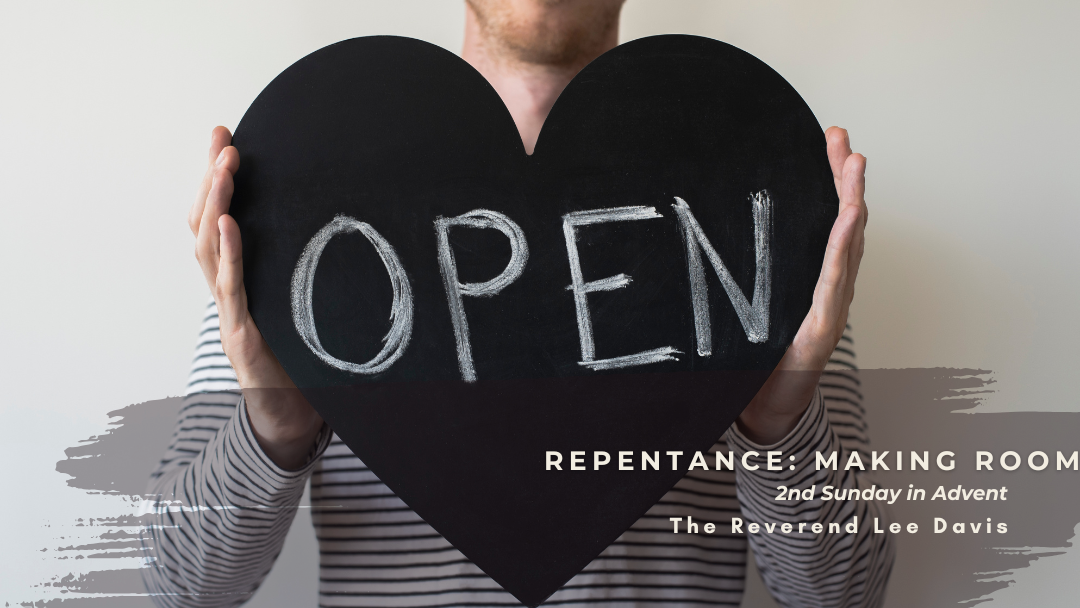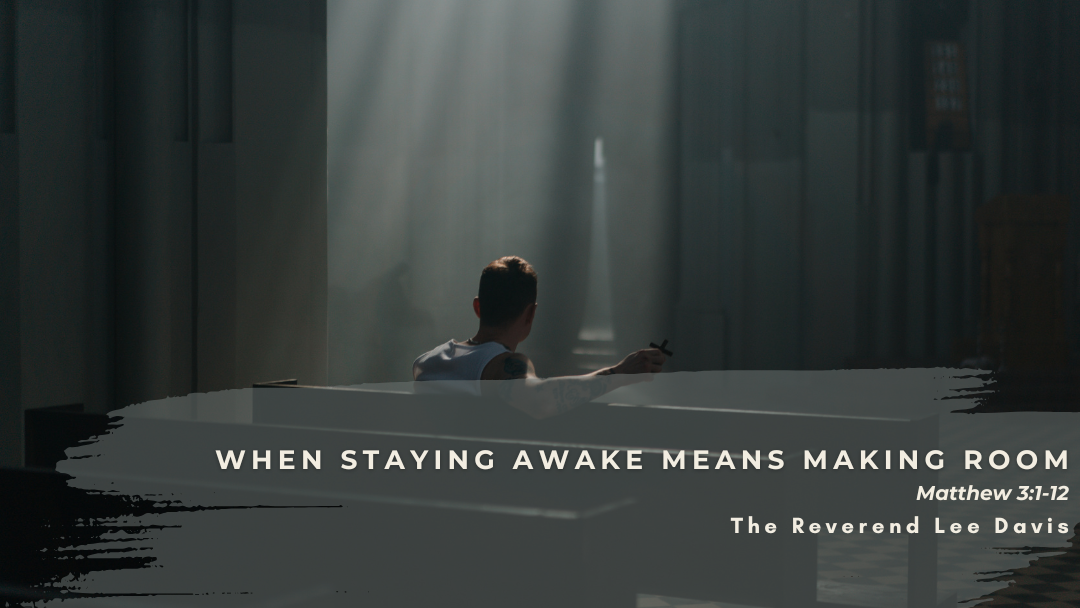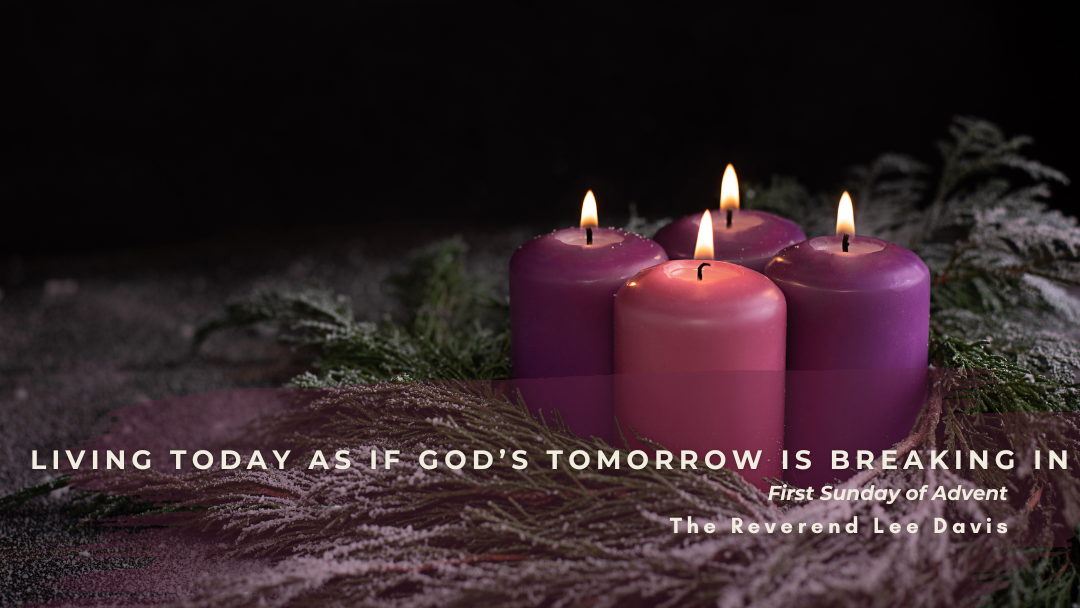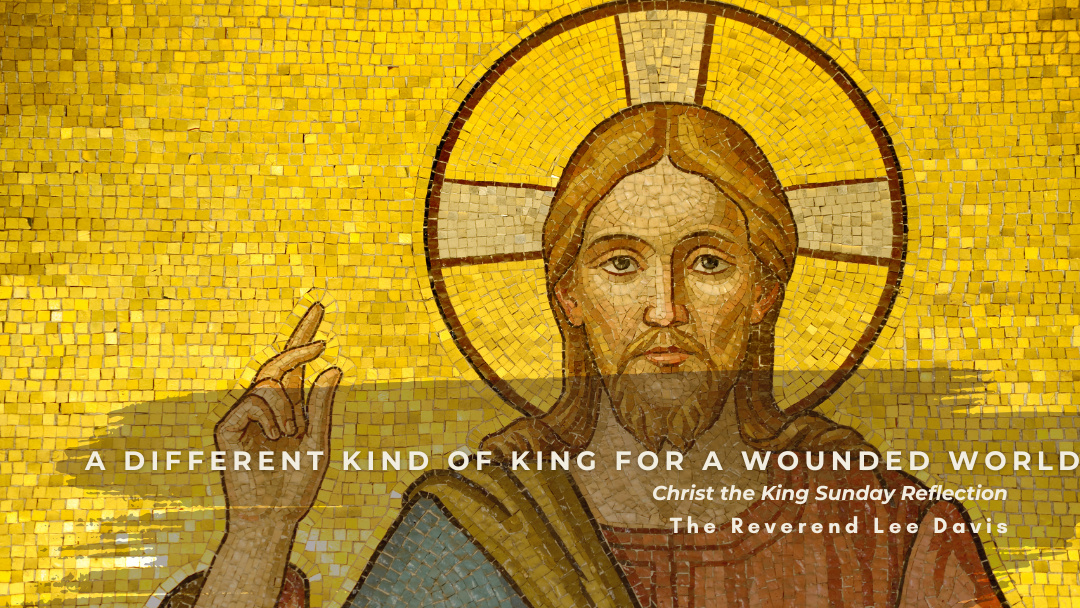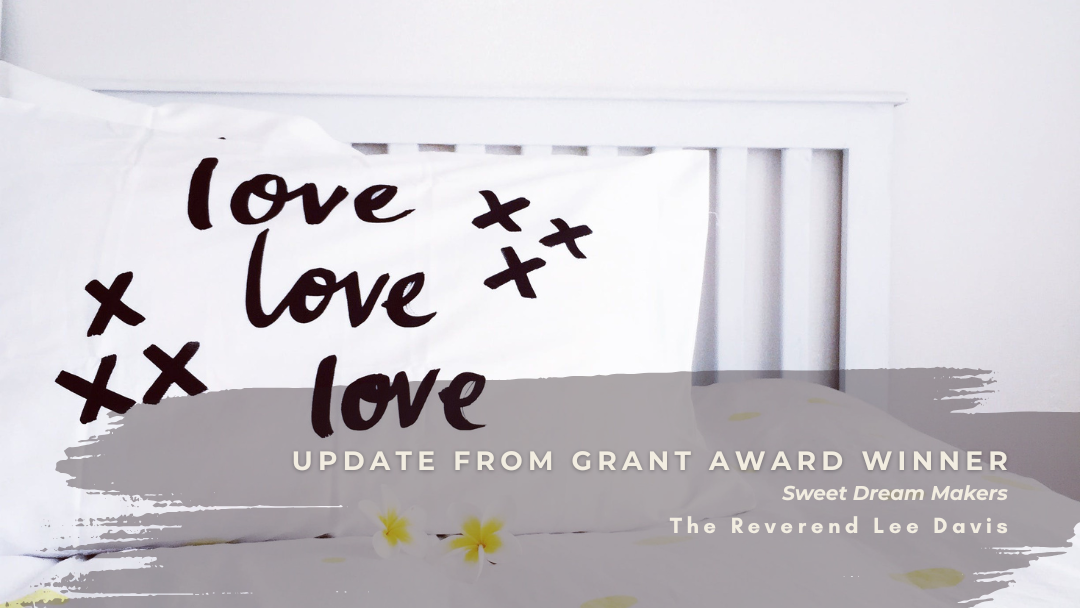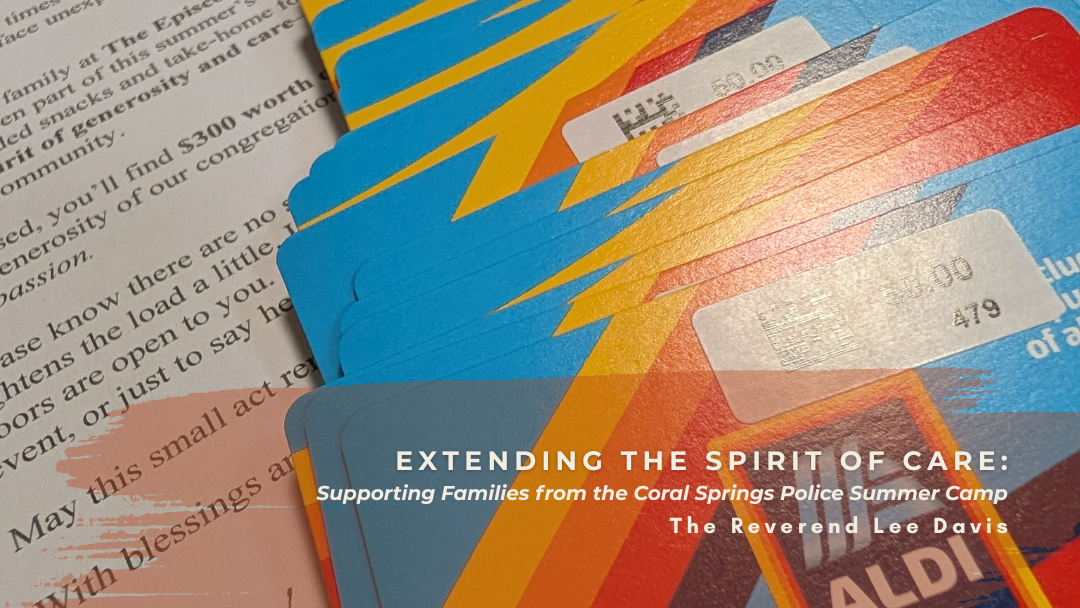Good Friday
It Is Finished
On Good Friday, the church gathers not to reenact a tragedy, but to stand at the foot of the cross and enter the mystery of Christ’s Passion. It is a day unlike any other—a liturgy that feels stripped down and stark, with silence that speaks louder than any hymn, and symbols that carry a weight beyond words.
There is no Eucharistic celebration on Good Friday. Instead, we receive communion from the sacrament consecrated the night before, a reminder that Jesus was handed over, broken, and poured out. The absence of the Eucharistic prayer is jarring—and it should be. We live in the echo of something already given, already lost.
The Power of Silence
Silence permeates the Good Friday liturgy. We begin in silence. We leave in silence. In between, silence punctuates the readings, the prayers, the veneration of the cross. This silence isn’t empty—it’s full of awe, grief, and waiting. It reminds us that sometimes words fail, and only the stillness can hold the weight of suffering and love entwined.
The Cross: From Instrument of Death to Sign of Love
One of the most profound moments in the Good Friday liturgy is the Veneration of the Cross. A simple wooden cross is brought forward—often slowly, in stages—with the chant, “Behold the wood of the Cross, on which hung the Savior of the world.”
This cross, an instrument of state violence and shame, becomes for us the tree of life. It stands at the center of the liturgy, not adorned with gold or jewels, but plain, unvarnished—because love doesn’t need decoration. As we kneel or touch or simply gaze upon the cross, we’re reminded: this is not just Jesus’ story. This is the story of all who suffer, all who are crucified by systems of injustice and hate. And through Christ, the cross becomes a symbol not only of death but of redemption.
The Reading of the Passion
On Good Friday, we read John’s account of the Passion. This version, unlike the others, gives Jesus a sense of calm authority. He knows what is to come and willingly enters it. The garden is not a place of agony but of encounter. At the cross, Jesus sees his mother and the beloved disciple and binds them into a new family. Even in the midst of pain, there is creation and care.
The final words, “It is finished,” are not a cry of defeat. They are a declaration of completion, fulfillment, the crossing of a threshold.
The Solemn Collects
The Solemn Collects, ancient prayers offered on this day, are another rich part of the liturgy. We pray for the Church, for the world, for those in need, for those who do not believe. It’s as if, while the world holds its breath, we reach out in intercession on behalf of all creation. We remember that Christ died not just for those who love him, but for all—whether they know it or not.
The Bare Altar
The altar, stripped the night before, remains bare on Good Friday. No candles, no linens, no color. The absence speaks volumes. The starkness forces us to face the reality of death—unvarnished, unembellished. It is a visual representation of the emptiness we feel in the shadow of the cross.
Yet, hidden in that barrenness is hope. For we know what the first disciples did not: Easter is coming. Resurrection is on the horizon. But on this day, we do not rush ahead. We linger. We wait.
A Day of Paradox
Good Friday is filled with paradox. We call this day “good,” even though it commemorates suffering and death. But it is good—not because death is good—but because love went to the very depths for our sake. It is good because in Christ, God refuses to be distant from our pain. It is good because the story does not end in the tomb.
So, we gather. We listen. We kneel. We wait in silence.
And in the quiet shadow of the cross, we dare to believe that love is stronger than death. That mercy is stronger than judgment. That the story is not over.
It is finished.
But God is not done.




